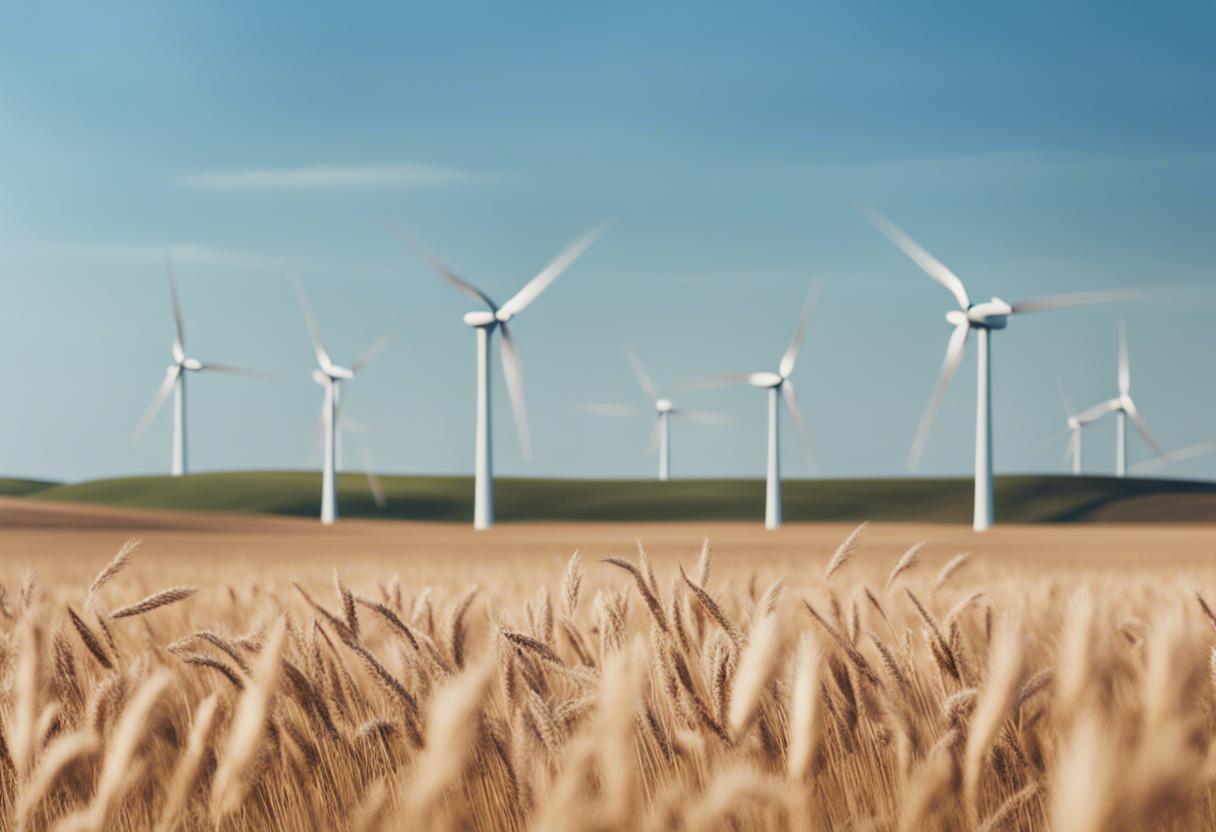Dear Editor,
Respected conservationists have voiced concerns that without adherence to internationally recognised environmental precautions the heralded potential of offshore wind power could be undermined. The World Wildlife Fund’s policy paper, titled ‘Nature Protection and Offshore Renewable Energy in the European Union’ (May 2021), underscores the critical need for best-practice planning and rigorous testing, using environmental impact and strategic environmental assessments, when initiating offshore renewable projects.
Regrettably, Ireland falls short in this respect. There has been no adoption of an ecosystem-based approach to planning for offshore renewable energy, and no Strategic Environmental Assessment yet conducted to evaluate the combined impacts of the myriad of proposed projects on the marine ecosystem.
Worryingly, when proposals are presented to An Bord Pleanála, the Environmental Impact Assessment Reports that are put forth are both commissioned and funded by the project developer. Are we, then, to blindly ignore the potential risk that in the currently earmarked locations, offshore wind power could lead to avoidable biodiversity loss in the long term? This is a risk that some of us feel cannot be taken, given the availability of alternative sites with lesser ecological importance.
Responding to Justin Moran from Wind Energy Ireland, we wholeheartedly share his enthusiasm for floating wind energy and agree with his sentiment about Ireland becoming a leader in the field. However, while he seems to gloss over the proposed installation of wind farms close to shore (less than 22km) and likens these to similar developments across Europe, he conveniently omits to mention whether these projects are located on or near sandbanks and if they are as close as the 6km off Wicklow coast, as proposed.
Yours sincerely,
Grainne Elliott and Rosemary Kevany
Blue Ireland Coalition, Dublin 3.
The South East Coastal Protection Alliance, objecting firmly to proposals now under consideration by An Bord Pleanála, is apprehensive about the unavoidable harm to the Arklow Bank ecosystem and five selected conservation areas across the Wicklow/Wexford coast. The potential damage, albeit accidental, arises from a plan to install as many as 56 of the world’s largest turbines in an area identified as Annex 1 habitat by the European Habitats Directive. The Alliance has no opposition to the urgent need for wind energy investment, nor does it wish to not have renewable energy, just not at the expense of their immediate environment. They advise that deployment should occur further into the sea.
The long-term objective might be to utilise floating wind power; however, everybody’s interests can be accommodated if we mutually agree to shift away from the Arklow Bank and embrace the technology highlighted in An Bord Pleanála’s current application. Developers have the capacity to install static base turbines further into the Irish Sea.
Best Regards,
MICHAEL HIGGINS,
WILLIAM HOURIE,
OLIVER STAUNTON,
South East Coastal Protection Alliance,
Brittas Bay,
Co Wicklow.

